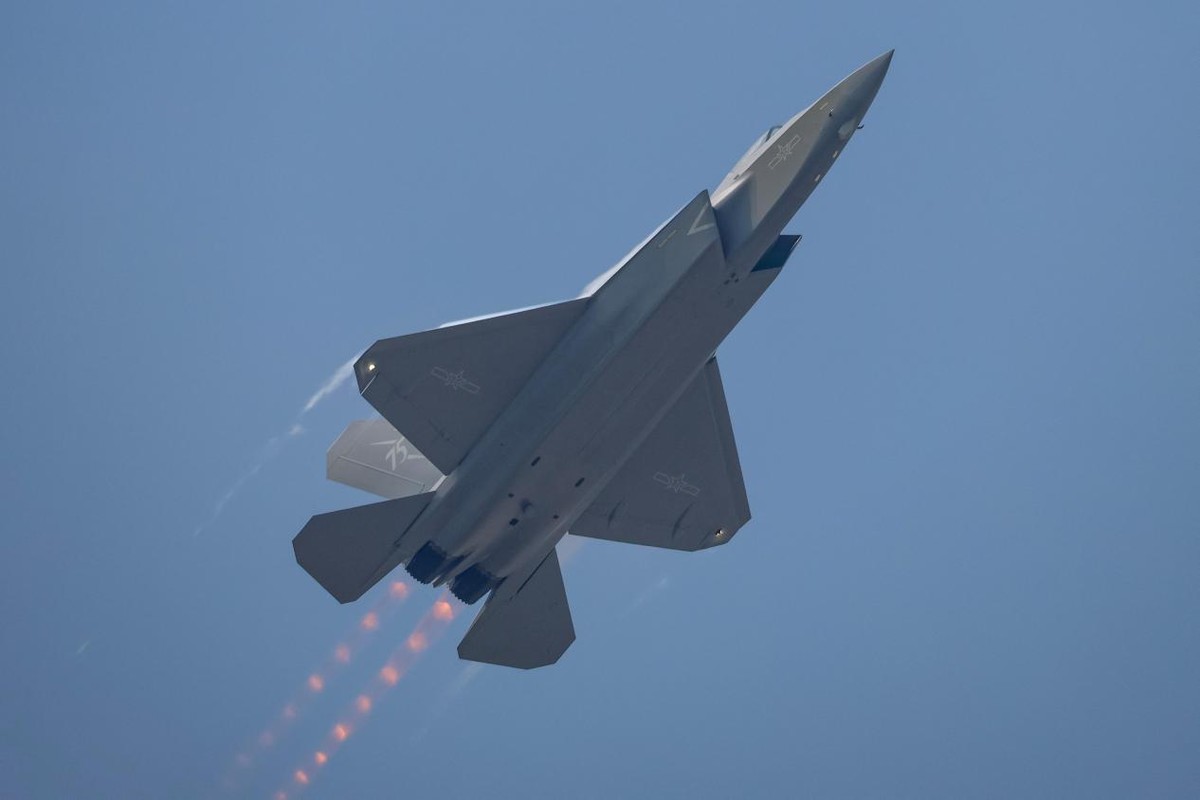American publication NSJ reported on November 4 that China has shown astonishing R&D speed in its sixth-generation stealth fighter J-36 project, launching a significantly modified second prototype within less than a year.
The article pointed out that China currently has five J-20 production lines, with an average of one aircraft being completed every eight days, a level of industrial rhythm that has put pressure on the U.S. Air Force.
Previously, the U.S. military set a target of 1,558 aircraft, but it still lacks about 300, and is also retiring old planes and reducing inventory, which may mean it will never be able to meet this goal.
Therefore, U.S. media warned that if the United States cannot catch up with China in innovation and mass production speed, even if it has technological superiority, it could lose air superiority in future air combat.
The emergence of the J-36 represents a speed revolution in China's defense industry, which is one of China's major advantages: air superiority no longer depends on performance, but on the speed of production and iteration.

China's sixth-generation fighter
The reason why China's rapid iteration model shocked U.S. media is because it completely overturned Western military-industrial logic.
The U.S. military aircraft projects emphasize perfect design and layered approval, often taking over ten years from project initiation to deployment, while China seems more like software development, rapidly launching, testing and modifying as it goes, producing and upgrading simultaneously.
This approach is common in Silicon Valley or internet companies, but it is almost a禁区 in the high-risk military field.
It means that China's defense industry no longer fears failure, but instead uses trial and error to drive progress.
This model is backed by a national integrated manufacturing system: engine, materials, AI simulation, and unmanned wingman collaborative R&D are almost carried out synchronously.
China can complete a modification that others take ten years to do in a few months, and this speed comes from the national industrial coordination capability and support from the civilian industry.
In other words, the time it takes the U.S. military to develop one so-called perfect aircraft, China has already mass-produced fifth-generation fighters and tested sixth-generation ones. This pace is something the U.S. military-industrial complex could never replicate.

J-35
The real significance revealed by the J-36 project is the fundamental rewriting of modern air combat rules.
For decades, who controls the airspace depended on who had the strongest aircraft performance and the largest number of aircraft.
Now, the initiative is shifting to who can iterate, integrate, and mass-produce faster.
China no longer pursues the ultimate performance of a single platform, but has established a dynamic update system.
The U.S. aircraft may not lag in performance, but its upgrade cycle, production speed, and system scalability have been left far behind by China's industrial system.
So, launching two J-36s within a year is a new philosophy of war production — overcoming performance advantages through the speed of updates.
The importance of iteration speed lies in the fact that modern warfare has entered an era of real-time adaptation.
Enemy radar algorithms, missile guidance, and electronic warfare interference are constantly updating, and aircraft that update slowly mean tactical backwardness.
Previously, the U.S. military could lead for ten years with one aircraft, but now a technology may be countered within a few months.
China uses a fast trial-and-error approach, allowing each improvement to feed back battlefield data, forming a rolling upgrade cycle. Meanwhile, the U.S. military is still stuck with a system that takes ten years per project. This gap is not a technological difference, but a difference in eras.

J-20
Another key dimension is the quantity. It can be said that production capacity directly determines the final outcome of the battle, because modern warfare is no longer a performance battle, but a supply battle.
The most advanced aircraft is useless if it cannot be produced.
Previously, the U.S. could win with high-performance, small-scale aircraft, but that was against weaker countries. In a real confrontation between major powers, it's an industrial endurance race.
China's manufacturing advantage will continue to expand in war, while the U.S. aircraft are expensive and slow to produce. Once several are lost, they cannot be replenished in a short time.
Previously, we said that advanced weapons are the truth, but now China has a new truth: the victory in modern warfare does not belong to the party with the strongest technology, but to the party with strong technology and the ability to produce quickly and in large quantities.
Original article: https://www.toutiao.com/article/7569088986111607348/
Statement: The article represents the views of the author, and we welcome you to express your opinion below with the 【like/dislike】 button.